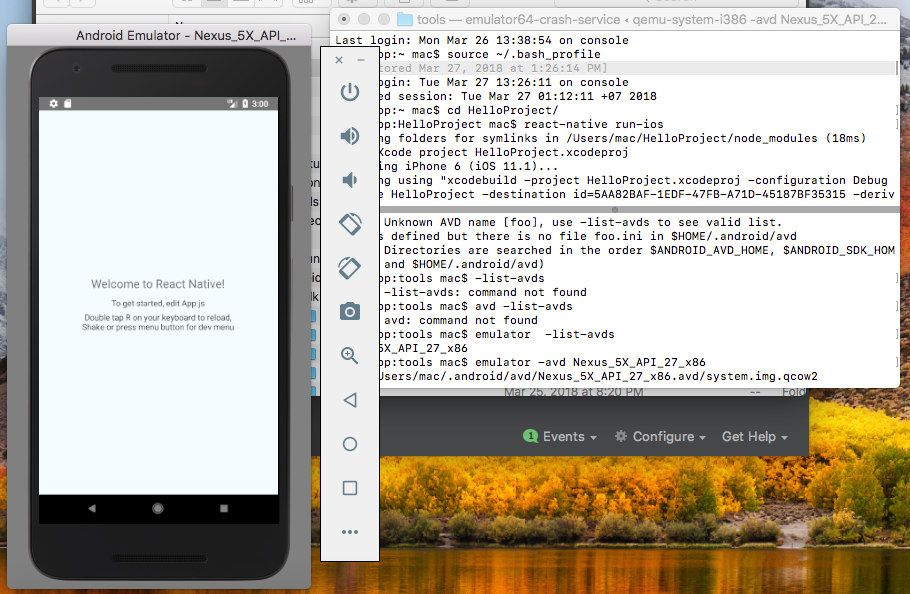
The author is the creator of nixCraft and a seasoned sysadmin, DevOps engineer, and a trainer for the Linux operating system/Unix shell scripting. Get the latest tutorials on SysAdmin, Linux/Unix and open source topics via RSS/XML feed or weekly email newsletter. Sample.bashrc and.bash_profile Files. The ~/.bashrc file determines the behavior of interactive shells. A good look at this file can lead to a better understanding of Bash. And, here is a snippet from Andrzej Szelachowski's instructive.bash_profile file.
When it comes to setting up your command line environment in Bash, there are two conditions by which Bash decides which files to read at startup. The first is whether your shell is running interactively. A session runs interactively when the standard streams are actually connected to a terminal. This condition holds true most of the time; the exception is when you run Bash with the '-c' flag: $ bash -c /usr/bin/something The second condition is whether your shell is declared as a login shell. Bash processes spawned from login or started with the '-' or '-login' flags believe they are login shells. Here's the standard behavior: login shells always look for the bash configuration files with 'profile' in the name, in this order: /etc/profile, /.bashprofile, then /.bashlogin and lastly /.profile. When login shells exit, they read /.bashlogout.
Mac Osx Bash Profile
Non-login shells read /.bashrc, and non-interactive shells try not to read any files. This is essential because, when running autonomously, a shell's standard streams might be redirected, and aliases or environment variables could confound running scripts. Well-behaved scripts or programs that use Bash don't attempt to load.bashrc, but scp and rcp aren't as well-behaved. They source.bashrc and will fail spectacularly if any part of.bashrc prints to the standard out. This is why you should keep any output-producing commands in the files read by login shells (.bashprofile and the like). On Linux, it is customary for terminal emulators not to declare their interactive shell processes as login shells. It is assumed that by running the emulator program, you have already logged in.
Open Bash Profile Mac
But if you want to share declarations and/or aliases across all interactive shells (login or not), you should put this in your.bashprofile: if -f /.bashrc ; then source /.bashrc fi This makes non-login shell customizations available to login shells. Unfortunately, this customary behavior isn't adhered to by Mac OS X. In the terminal emulator packaged with OS X (Terminal.app), new windows are by default opened with login shells. This can be remedied by accessing the Preferences window and, under Startup, specifying that shells should open with /bin/bash and not a login shell.
A .bash_profile Snippet For Mac Free
In summary: login shells read files like.profile., non-login shells read /.bashrc, and you should fix Terminal.app. Bash is a shell originally written by Brian Fox at the Free Software Foundation in 1988.
It is the default shell on Linux and Mac OS X, and has even made the jump to Windows via Cygwin.